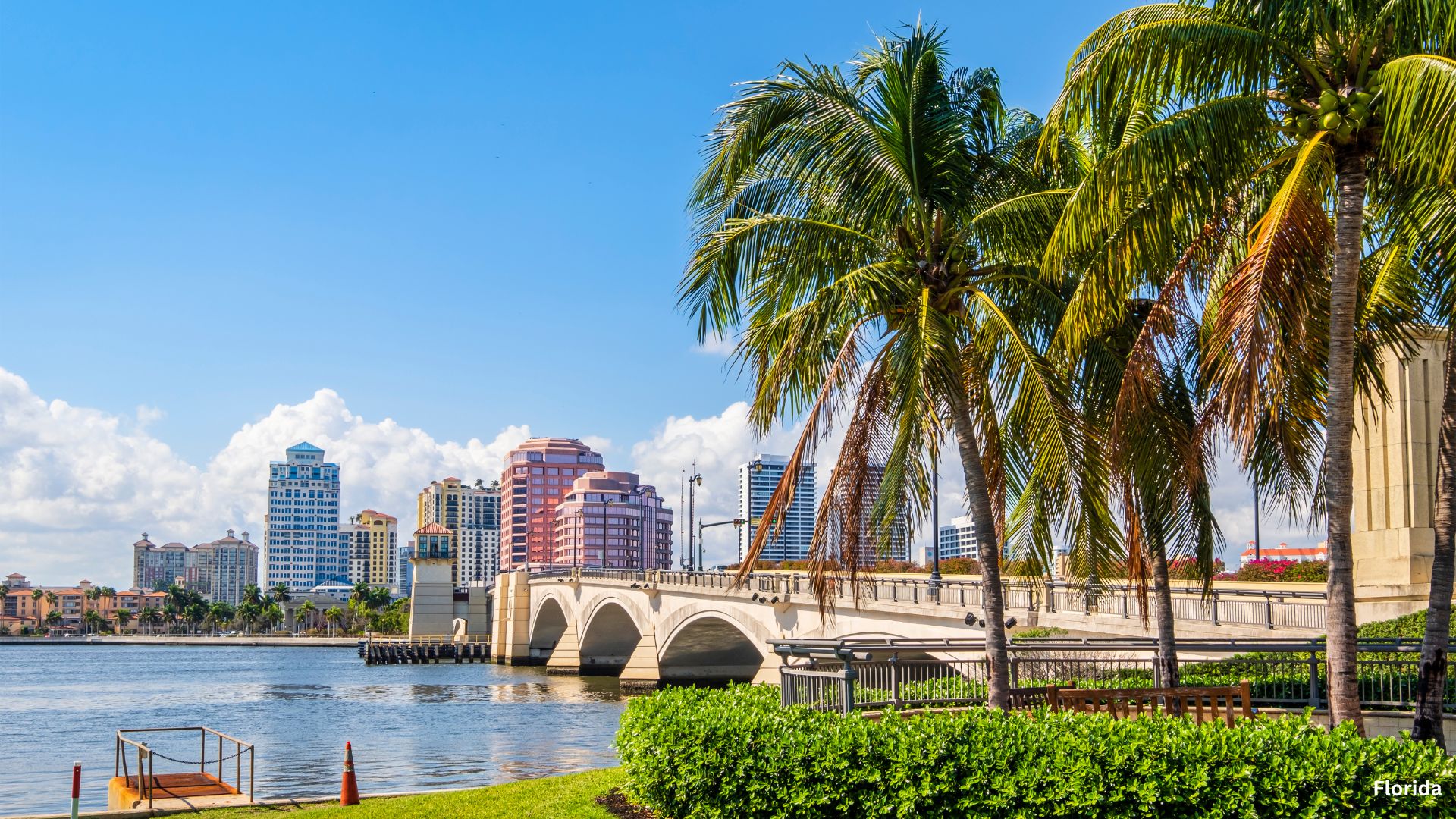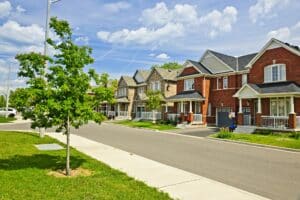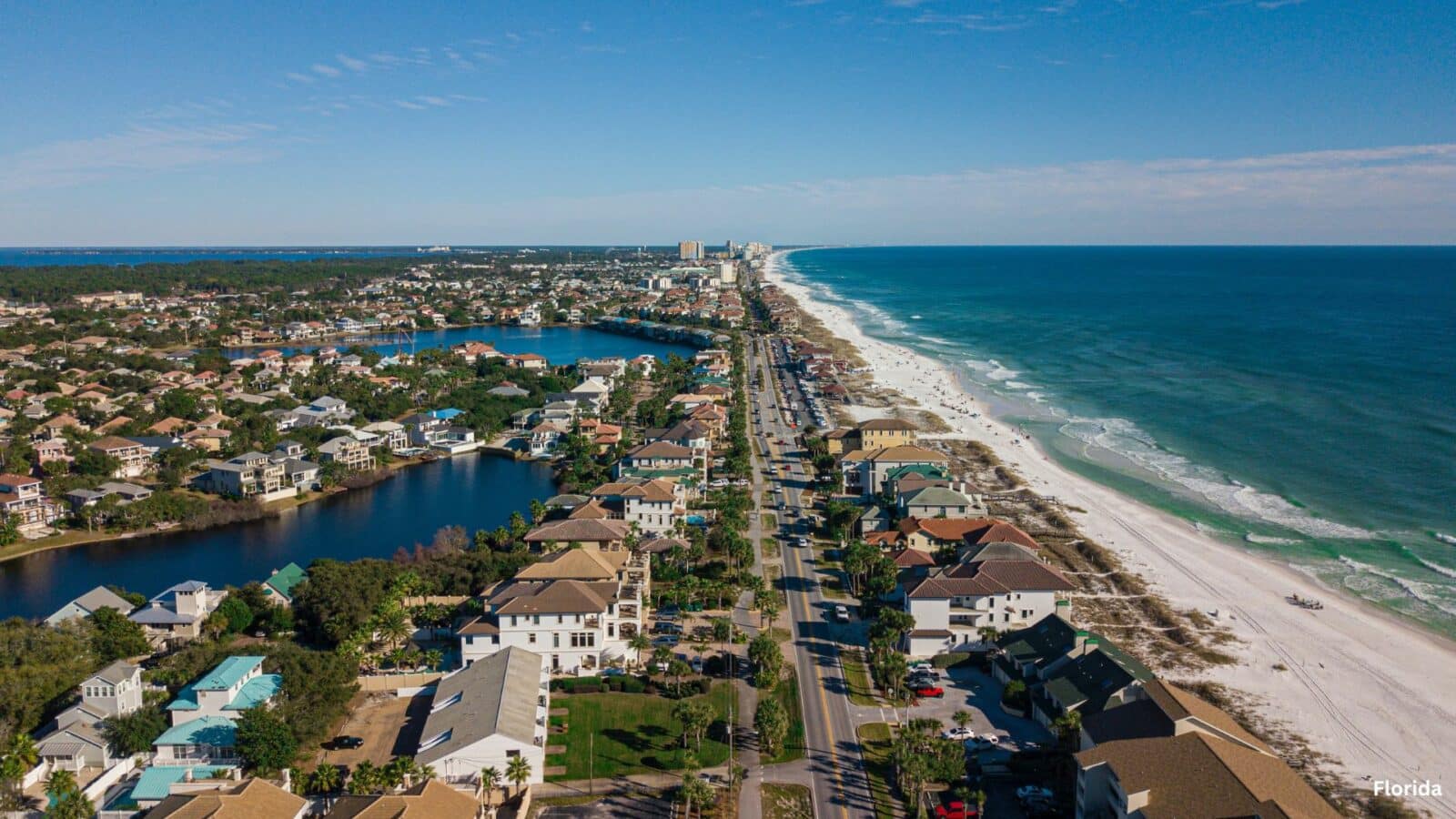The housing market risk in Florida has become a growing concern as new inventory floods the market, leading to significant imbalances between supply and demand. According to a recent Parcl Labs study, thirteen out of the fifteen housing markets at the highest risk of a home price correction are located in Florida. This article will delve into the factors contributing to the housing market risk in Florida, examine specific cities facing the highest risk, and explore potential future trends.

The Imbalance of Supply and Demand
The housing market risk in Florida can be attributed to a significant mismatch between supply and demand. Parcl Labs’ analysis, which looked at around 1,000 U.S. housing markets, identified early signs of market stress. Florida, often referred to as “the epicenter” of this mismatch, has seen a dramatic increase in new inventory while demand has significantly decreased.
Top Cities with Supply and Demand Divergence
The study highlighted several cities in Florida experiencing the most considerable supply and demand divergence. These cities include:
- Pensacola: 52% supply increase, 28% demand decrease
- North Port: 50% supply increase, 18% demand decrease
- Naples: 44% supply increase, 14% demand decrease
- Port St. Lucie: 40% supply increase, 22% demand decrease
- Palm Bay: 39% supply increase, 18% demand decrease

Expected Price Drops
The housing market risk in Florida is further evidenced by the expected price drops in several metropolitan areas. Four of the top five markets predicted to see the most significant price declines are in Florida. These areas include:
- North Port: 52% of listings with price cuts
- Tampa: 49% of listings with price cuts
- Naples: 46% of listings with price cuts
- Palm Bay: 44% of listings with price cuts
Myrtle Beach, South Carolina, also made the list with an expected 46% of listings with price cuts.

Historical Context and Current Trends
Since the beginning of the pandemic in 2020, several Florida markets have already seen dramatic price cuts. During the pandemic, low mortgage rates, high demand, and a lack of supply led to cutthroat bidding wars. However, as the health emergency subsided and businesses pushed for a return to office, the influx of new residents slowed down, contributing to the current housing market risk in Florida.
Inventory in Florida has been growing faster than in the rest of the country. Florida, along with Texas, has been building the most new homes in recent years. However, high mortgage rates and rising home insurance premiums have made buyers more hesitant, further exacerbating the housing market risk in Florida.

Future Outlook
The housing market risk in Florida is expected to persist as long as the supply and demand imbalance continues. The widespread possibility of remote work had previously driven many out-of-state buyers to Florida, attracted by the warm weather and lower taxes. However, the current economic climate and market conditions have shifted, leading to a slowdown in new arrivals and even the departure of some who had moved to the Sunshine State.

The housing market risk in Florida is a multifaceted issue driven by significant supply and demand imbalances, high mortgage rates, and rising home insurance premiums. Cities like North Port, Tampa, Naples, and Palm Bay are at the forefront of this risk, with expected price drops and increased inventory. As the market continues to adjust, it will be crucial for potential buyers and investors to stay informed about these trends and make well-informed decisions.
Related posts:
 Decline in Home Prices: Anticipating a Shift in 2024
Decline in Home Prices: Anticipating a Shift in 2024
 Maryland Governor Legislative Agenda: Military Families, Housing, and Public Safety in 2024
Maryland Governor Legislative Agenda: Military Families, Housing, and Public Safety in 2024
 Nashville’s Zoning Bills for Middle-Income Housing Spark Contentious Debate
Nashville’s Zoning Bills for Middle-Income Housing Spark Contentious Debate
 Tampa Affordable Housing Initiative Breaks Ground on New 188-Unit Building
Tampa Affordable Housing Initiative Breaks Ground on New 188-Unit Building
 Navigating the Decline: Florida Condo Prices Dropping Amidst Rising Costs
Navigating the Decline: Florida Condo Prices Dropping Amidst Rising Costs



